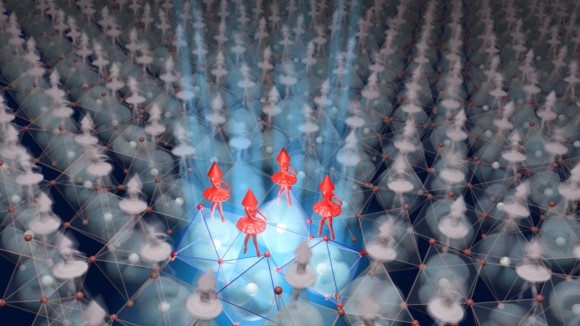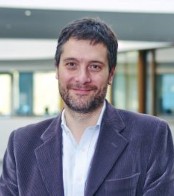 Andrea Cavalleri, PhD, Max Planck Institute for the Structure and Dynamics of Matter, Germany; University of Oxford, UK
Andrea Cavalleri, PhD, Max Planck Institute for the Structure and Dynamics of Matter, Germany; University of Oxford, UK
Andrea Cavalleri is the founding director of the Max Planck Institute for the Structure and Dynamics of Matter in Hamburg and a professor of Physics at the University of Oxford. He is best known for his experimental studies of the photo-induced phase transition in materials with strongly correlated electrons, such as transition metal oxides and organic conductors. He has also been a major driver in the development of ultrafast X-ray techniques.
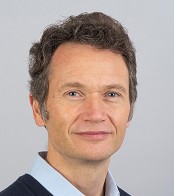 Eugene Demler, PhD, ETH Zurich, Switzerland
Eugene Demler, PhD, ETH Zurich, Switzerland
Eugene Demler joined the Department of Physics at ETH Zurich in the summer of 2021. Before he was a physics professor at Harvard University (2001-2021). His research focuses on understanding strongly correlated quantum systems, from electrons in solids to dilute atomic gases to photons. His work has had a profound impact on diverse areas, such as magnetism and superconductivity, many-body physics with ultracold atoms in optical lattices, nonlinear quantum optics, and pump and probe experiments in solids.
 David Hiseh, PhD, California Institute of Technology, USA
David Hiseh, PhD, California Institute of Technology, USA
David Hsieh earned his B.S in Physics and Mathematics from Stanford University in 2003 and his Ph.D. in Physics from Princeton University in 2009. He is an experimental condensed matter physicist whose research focuses on macroscopic quantum electronic phases of matter in solid state systems. He is also interested in developing novel nonlinear optics, time-resolved ultrafast optics and angle-resolved photoemission based spectroscopic probes to search for exotic topological and symmetry-broken quantum phases of matter.
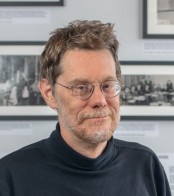 Andy Millis, PhD, Columbia University, USA
Andy Millis, PhD, Columbia University, USA
Andy Millis is a theoretical physicist recognized for his work on interacting electron phenomena in solids. He has broad interests in the areas of quantum condensed matter physics and materials science, including the development of new theoretical and computational methods and the application of these methods to systems of current interest both in and out of equilibrium. He currently serves as co-Director of the Center for Computational Quantum Physics at the Simons Foundation’s Flatiron Institute and is a Director of the Max Planck New York City Center for Nonequilibrium Quantum Phenomena.
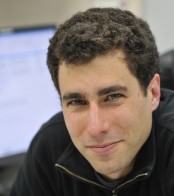 Gil Refael, PhD, California Institute of Technology, USA
Gil Refael, PhD, California Institute of Technology, USA
Gil Refael earned a B.S. in math and physics from Tel-Aviv University in 1997. He did his graduate studies at Harvard University, and obtained a Ph.D. in theoretical condensed matter physics in 2003. After being a postdoctoral fellow at the KITP, UC Santa Barbara, for two years, he joined the physics faculty at the California Institute of Technology. His research interests involve a variety of problems of correlated quantum matter, both disordered and out of equilibrium.
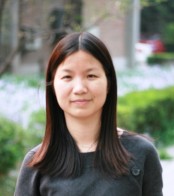 Shuyun Zhou, PhD, Tsinghua University, China
Shuyun Zhou, PhD, Tsinghua University, China
Shuyun Zhou’s research focuses on the electronic structure of novel two-dimensional materials and heterostructures using advanced electron spectroscopic tools, including angle-resolved photoemission spectroscopy (ARPES), Spin-resolved ARPES, Nano-ARPES and ultrafast time resolved ARPES. She has made important progress on type-II topological semimetal and van der Waals heterostructures.

